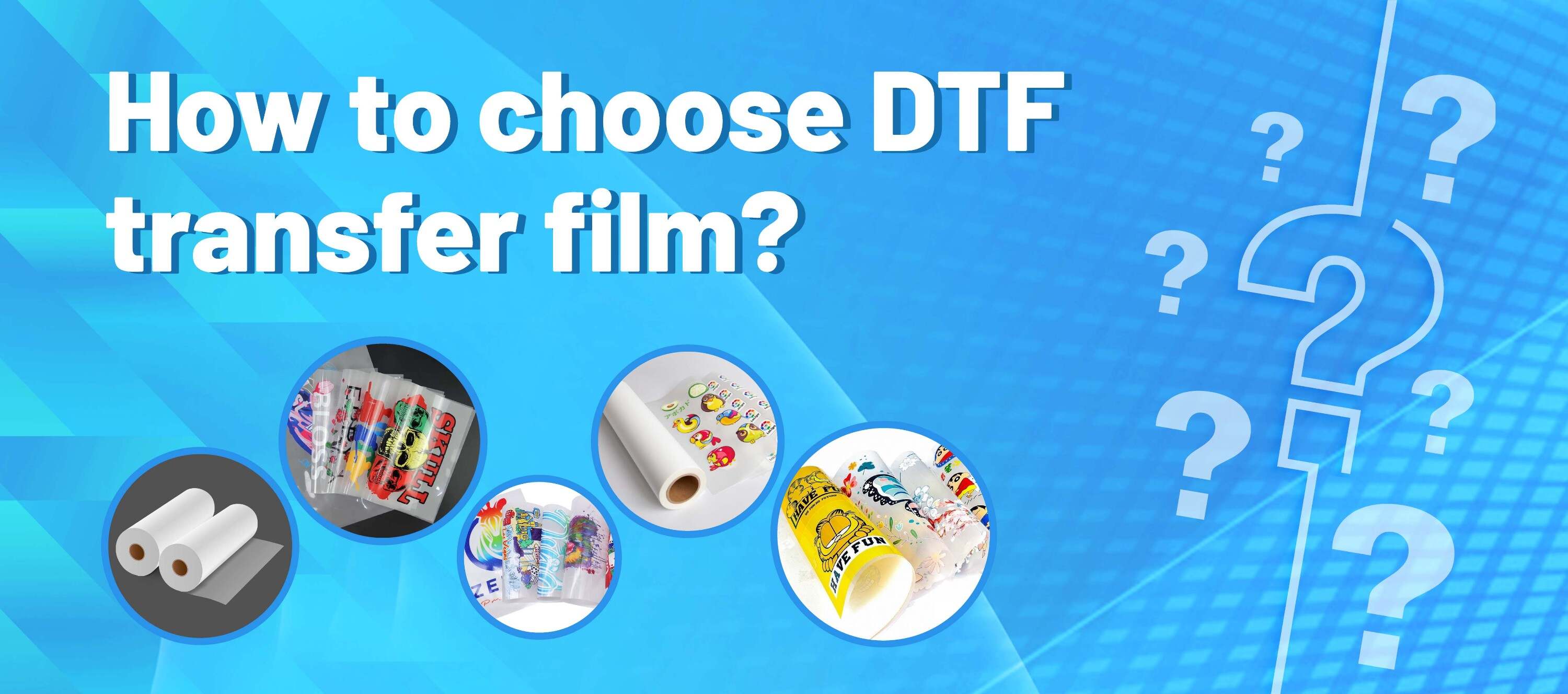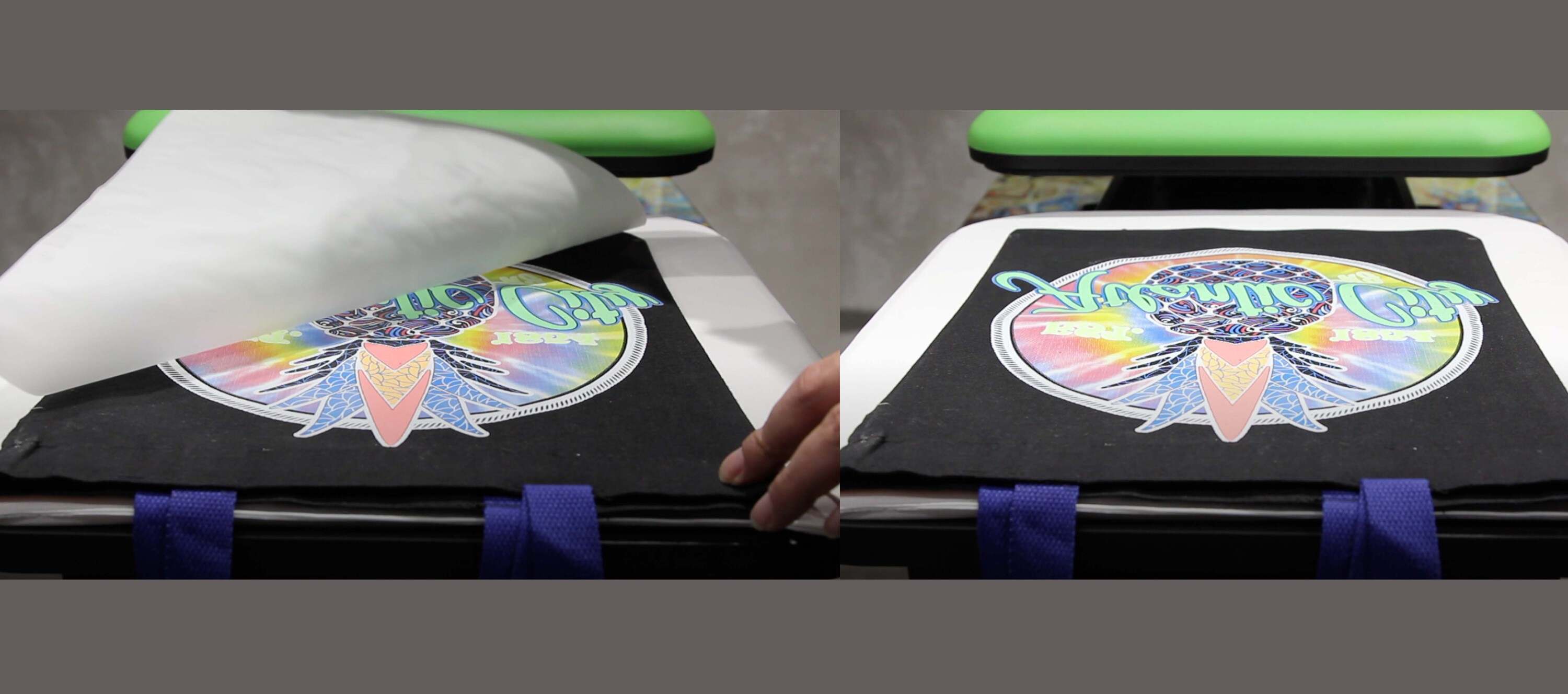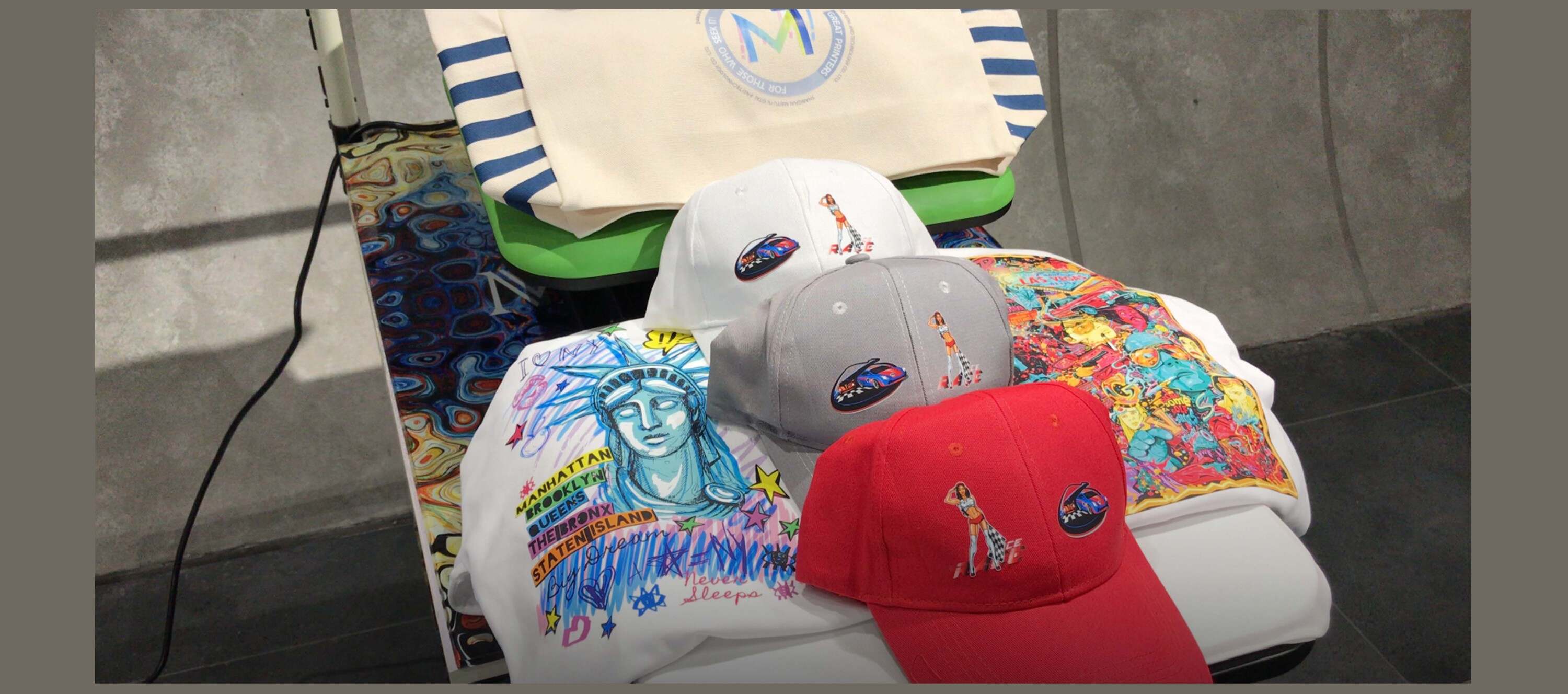 How to choose DTF transfer film?
How to choose DTF transfer film?
DTF (direct to film) printing is a method of transferring a printed design to fabric or other substrate via a heat press. It can accurately reproduce pattern colors on any color substrate and is suitable for printing on various fabric materials, such as cotton, polyester, canvas, denim, knitting, etc. The versatility of DTF technology, which enables it to print on different materials, has attracted the attention of many manufacturers in the textile printing industry.
The process of DTF printing is so simple that even novices can operate it easily. Just use a direct to film printer to print your design on the DTF transfer film, then sprinkle with DTF powder, heat and dry, and you will get a “heat transfer sticker”. You can instantly transfer this “Heat Transfer Sticker” to your products, such as apparel, or save it for future printing. This is indeed a good way for manufacturers to reduce inventory costs.
DTF transfer film is a transfer medium specially designed for DTF printing. It is used to carry the inkjet printed pattern of the DTF printer, and then transfer the pattern to fabric or other materials through heat pressing.Choosing High-quality DTF transfer film is vital to your printing business as it directly affects print quality. Helps protect your printer and improve printing success rate, avoid material waste, and effectively control production costs.
What kind of transfer film can be used for DTF printing?
DTF printing requires the use of DTF film, often called PET transfer film, but not all PET films can be used for DTF printing. Compared with ordinary PET film, DTF transfer film has a special ink-absorbing coating, so it usually presents a matte frosted effect instead of being transparent. Untreated, low-quality films may be cheaper, but they may stain, stick, or damage your clothing.
How to identify the quality of DTF film?
The quality of the film can be identified from the following three aspects.
1. High temperature resistant base film
Last but not least, the base film must be resistant to high temperatures. There will be some films that are perfect when printed, but during the thermal transfer process, the base PET film will curl or even melt due to its intolerance to high temperatures. It’s very scary to be faced with this situation at the last minute.
2. Transparency
The most obvious difference between different quality DTF transfer films from the surface is the difference in transparency. Generally speaking, opaque film will produce better results because it tends to have a thicker coating and better ink absorption. Some suppliers will indicate the product name. DTF films can be divided into 75μ and 100μ, indicating the thickness of the coating film. Typically 75μ DTF film is sufficient for most printing needs, while 100μ DTF film is suitable for higher standard printing.
3.Coating quality
DTF transfer film with poor coating quality looks perfect at first glance. In fact, it repels DTF ink when printing, causing the ink to bleed off the film and stain the printer as well as your hands and clothing. Another possibility is uneven coating. This will also cause your print to be uneven and you will end up with spots throughout your pattern.
A DTF transfer film with good coating quality needs to have the following characteristics.
High ink load capacity No ink loss occurs even when printing with Qualcomm. There is a layer in the coating of DTF film called a release layer. The stable and uniform release layer can ensure that the base film is smooth and non-adhesive when the base film is peeled off. Easy to peel off, after shaking the powder, excess DTF powder will not adhere to the unprinted area, ensuring smooth printing edges, the ink will not smudge when printing, and very fine lines can be printed clearly.
Which DTF transfer film to choose?
Even if you know how to identify a good DTF transfer film, you may still be confused because there are so many types of DTF films on the market. today’s market. Maybe you have seen some such adjectives when shopping: cold peel, hot peel, glossy, matte, glitter, fluorescent… So what do these words mean? how to choose?

1. Cold peel DTF film. It means that after lamination, the DTF transfer film needs to wait for the embossed part to cool before it can be peeled off.
2. Heat peel off DTF film. The 100μ thermal peelable DTF film can be peeled off in seconds without waiting, effectively improving your production efficiency.
3. Smooth DTF film, commonly known as single-sided DTF film. There is only a coated DTF film on one side and a smooth PET base film on the other side. Novices can easily distinguish the printing sides by selecting them.
4. Matte DTF film, also known as double-sided DTF film. This does not mean that you can print on both sides. It can only be printed on one side, and the other side is also made into a matte frosted effect. That is to increase the friction during the printing process, making it more stable and preventing the film from sliding and affecting the printing effect.
5. Flash DTF film. It adds a glitter powder coating to the coating of the DTF transfer film to achieve the glitter printing effect and can be a perfect substitute for glitter powder.
6. Gold DTF film. Coated with gold glitter, giving your DTF more options and better application range for printing by providing a luxurious shiny gold foil stamping on your design.
7. Reflective colored DTF film. When you shine light on this transfer DTF film, you can find a suitable angle to see a color reflection effect similar to the reflective heat transfer film, which is very suitable for personalized customization.
8. Luminous DTF film. This is a photoluminescence effect that stores light and has a long afterglow. You can use it for special clothing designs and bring more creativity to your customers. It’s perfect for T-shirts, bags, shoes, socks and other materials and allows our prints to glow in the dark.
9. DTF gold/silver foil. It has a shimmering metallic sheen that adds sparkle to your designs, and its washability makes the shine last longer.
10. Fluorescent DTF. The fluorescent effect of DTF is not achieved through transfer film, but requires DTF fluorescent ink. Choose any of the above DTF transfer films and use a fluorescent DTF printer to print neon effect prints.
The last step requires you to choose the appropriate DTF film according to the printing width of the DTF printer (eg: 30cm dtf printer, 40cm dtf printer, 60cm dtf printer, etc.). This tutorial will teach you how to choose DTF transfer film.
If you have any questions, please feel free to contact us, MTuTech will continue to provide you with solutions that suit you.
